To be completely honest with you, I was not familiar with this majestic country to give a brief history of Oman. It was my mother who had been aware and curious about this nation that inhabits the southeast coast of the Arabian Cape, at the confluence of the Arabian Sea and the Persian Gulf.
So I started researching, and I discovered this small but enigmatic nation with rich history along with artistic and cultural precedence. Thus, I started this journey and humbly accepted that what I am going to write for you is a short story about Oman, just a glimpse of the past so that you can admire the present.
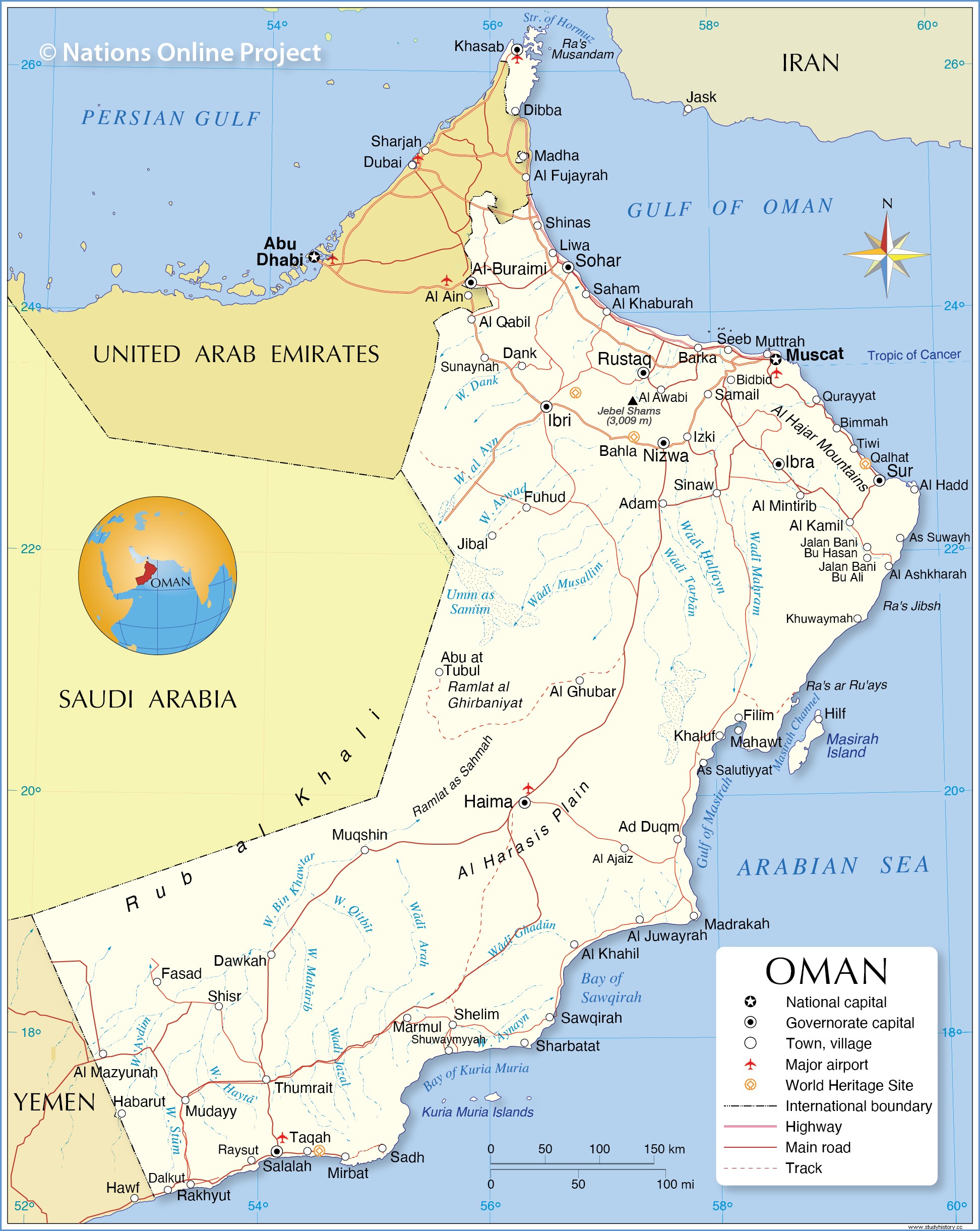
Most of the inner waterless region occupies the land with sand and a treeless interior that is part of the Arab foreland recognized as Rub-al-Khali. Although the country is crossed by gas and oil pipelines today, it is still dominated by the Bedouin nomads.
The coastal regions are far more hospitable in stark contrast to the interior of Oman. The rich north coast divides the inland mountains and the sea. Next to Dhofar in southern Oman, the northern region is also fertile and green to produce various goods such as grapes.
Muscat is the capital of the country and is located on the northern coastline. The city overlooks the Gulf of Oman which represents the merging of traditional and modern architecture and today functions as a commercial center and a port. Therefore, in this post, we will explore this art and culture along with a brief history of Oman. Let's immerse ourselves in it, shall we?
A short story about Oman
The early scene
Oman's history dictates three main themes:the tribal characteristics of society, the conventional government "Ibadi imamate" and its historical actions through the navy. According to archaeological evidence, Omani civilization dates back to the third millennium BC. But before the first century AD. the Persian colonization established the irrigation system "falaj" which maintained the Onami civilization and agriculture.
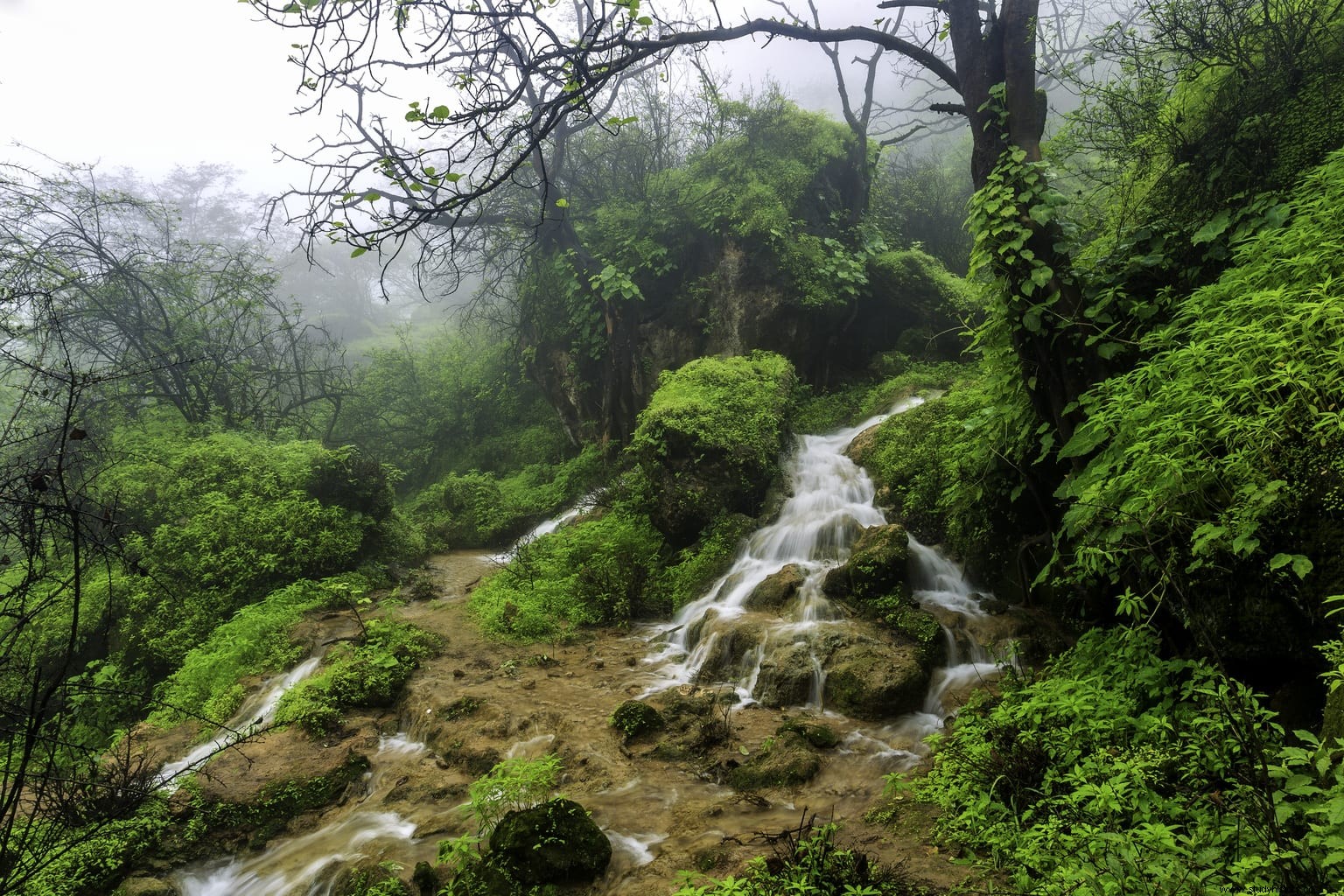
The timeline for the history of Oman takes another path in the southern part of the country, namely Dhofar. The production of incense was controlled by the ancient Arab kingdoms of the first century AD. Thus, the province had remained politically and culturally linked to southern Arabia to the merged state with Al Bu Said in the nineteenth century.
Oman History From C. 1500
The Portuguese laid off Muscat, en route to India in 1507, and soon dominated the entire coast. More than a century later, the Ya 'rubid dynasty recaptured the coastal region in 1650 and then began to occupy the other Portuguese settlements in the East African coastal region and the Persian Gulf. At the end of the eighteenth century, due to the succession of the Imam, a civil war continued to destroy the dynasty and created the possibility for Nadir Shah to invade Oman in 1737.
Restoration of Omani Reign
In 1749, the governor of Suhar, Ahmad ibn Sa 'id, eliminated the Persian invaders and was elected imam. He established the rule from the Sa'id dynasty which is still the ruler of the land to this day. After the death of his grandson Sa 'id ibn Sultan, the empire was divided between two sons as rulers because one of them ruled Zanzibar where Al Bu Sa' id ruled until 1964 and Oman remained under the other son.
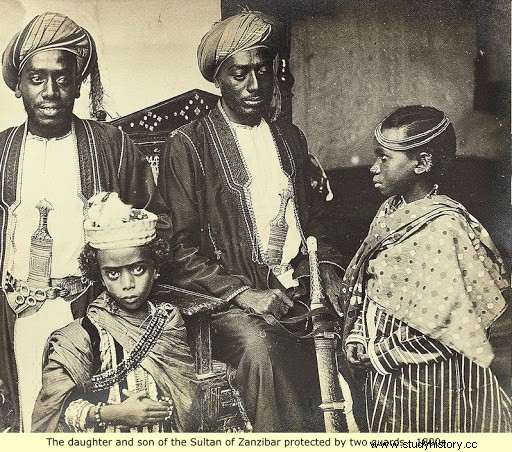
During the latter half of the nineteenth century, Oman rejected the fortunes of Al Bu Sa 'id state. But with the help of England, the dynasty dominated the country as the British supported the sultans of Al Bu Said in Muscat against the usual revivals of Ibadi Imamate in the inner region of the country.
Repeated civil unrest
In the name of the Imam, the attacks on Muscat continued in 1895 and Matrah in 1915. By 1920, the British had negotiated the "Agreement between Al-Sib" between Sultan Taymur ibn Faysal, who ruled from 1913 to 1932, and tribal leaders. Under the terms of the agreement, the sultan identified the autonomy, not the sovereignty of the interior of Oman.
Since 1920, the interior was autonomous until Imam Muhammad al-Khalili died in 1954. During the 1950s, conflicts began between the Imam's forces and Sultan Taymur. It continued when the weak successor Ghalib with his brother Talib and a tribal leader named Himyar wanted to conquer the country with the help of Saudi Arabia. When a British regiment suppressed the uprising of the Imami forces, a small part of the Imam held on to the government on Mount al-Akhdar until they were forced to give in in 1959.
Another threat to the Sultanate came in the form of Mount Jibalis when they began to rebel against the oppressive nature of the current Sultan Sa 'id ibn Taymur. The uprising continued with the support of the Soviet Union, the People's Republic of China and Marxist South Yemen, which had gained independence from the British in late 1967 and Iraq.
Modernization of Omani culture and society
The Dhofar uprising led to the overthrow of Sultan Sa 'id by his son Qaboos bin Said, who immediately began to develop and modernize the Omani traditions. He had appointed the nation's first cabinet and also began building a modern government structure.

While the uprising continued, he held the post of prime minister and defense minister along with foreign affairs. In 1975, the uprising was finally crushed with the help of Iranian and Jordanian troops, British equipment and personnel, and financial support from Saudi Arabia and the United Arab Emirates. In 1971, Oman joined the United Nations and Arab Leagues, but did not become a member of the Organization of Arab Petroleum Exporting Countries or OPEC. In 2000, when Oman joined the World Trade Organization, the country made an exceptional effort to liberalize the trading markets and improve its position in the global economy.
For more information, visit this site that I have come across and found very informative.
A short history of Omani art and culture
As far as Omani cultural facts go, even though it is a tribal society, the influence of the tribes on Omani social and cultural life gradually diminishes. The social practice of the Ibadi Muslim is conservative by Western social norms, but it is less strict than neighboring Oman.
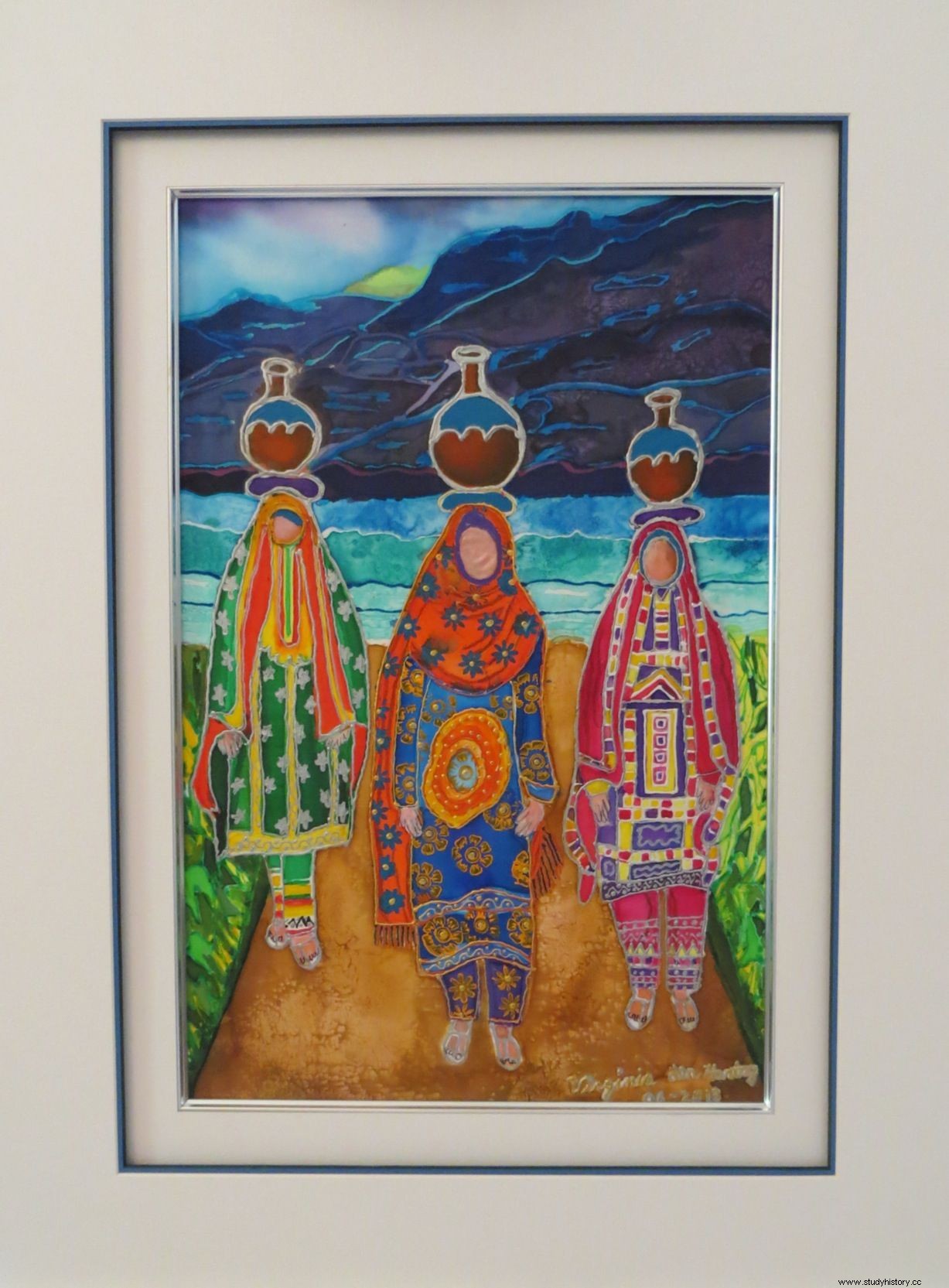
Women experience more freedom than in other regions of the Arabian Peninsula. Although women must wear traditional outfits, there are colorful dresses, pants, textiles and jewelry, and it varies from region to region. Most men wear woven cotton coats or traditional thaw or dishdashah along with light wool or cotton turban known as muzzar.
Omani food culture contains the meals that are the center of attraction for each collection. The typical Omani meal serves rice, spicy fish or lamb, tea or coffee and dates. Incense is burned at the end of each meal.
Omani culture and society
The Omani community celebrates the two most famous Islamic festivals, including Eid al-Adha and Eid al-Fitr. They also celebrate secular holidays such as National Day, which is the Portuguese expulsion day in the seventeenth century and the birthday of the reigning sultan.
Oman Museum was founded in 1974 and is located on the outskirts of Muscat which displays the cultural values of Oman. The cultural register of the country chronicles the history of the nation and involves views on Islam. The Armed Forces Museum (1988) concentrates on the history of the Omani army. Other institutes extend to the Children's Museum, Natural History Museum, National Museum along with Bait Nadir.
A 1980s home was converted into Bait Nadir, now home to traditional Onami art and other artifacts, including wood carvings, pottery, silverware and jewelry. In the last half of the XNUMX years, the Royal Oman Symphony Orchestra was constructed, and it is now one of the few national orchestras on the Mediterranean continent that has performed with the BBC Philharmonic Orchestra.
Oman Arts and Crafts
Omani craftsmen are known for weaving, goldsmithing, woodcarving and for building swords and daggers. Their craftsmanship is one of the many objects that can be discovered in the markets of Muscat, which is an attraction for popular culture. The Ministry of National Heritage and Culture preserves the excavating archeological sites, historic buildings and the design of various jewelery. It also advertises Onami literature, and it is an encyclopedia printed on Onam's legacy.
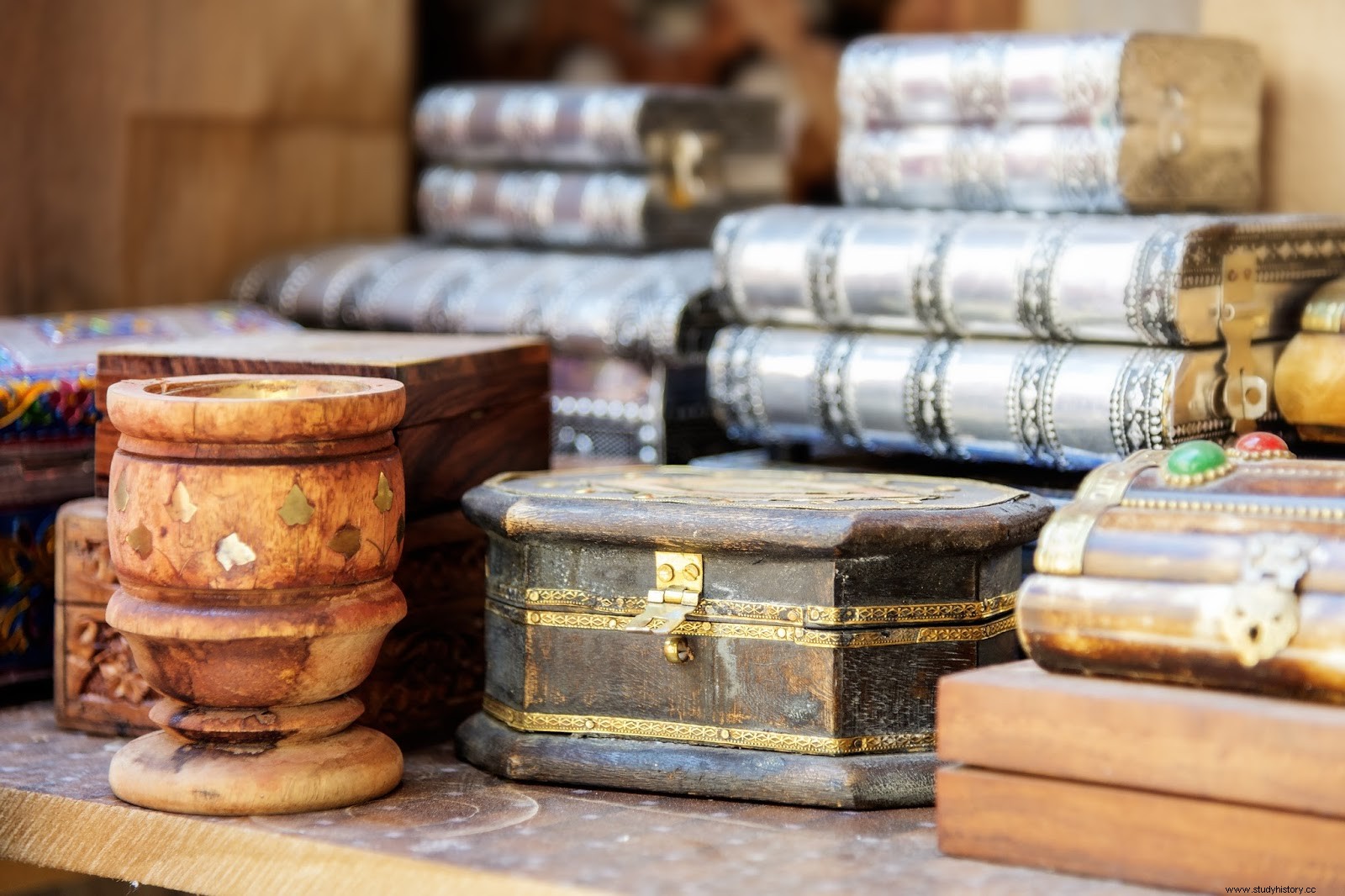
You can feel the intertwined abundance of modern and traditional art in the cities while preserving the heritage while integrating the traditional architecture into the new creation. The theme for several documentaries is the restored fortresses and castles in the country which is one of the most important historical sites in Oman. Several strategic strongholds guarding internal Oman date back to the seventeenth century, while there are a number of architecturally important forts that protect the port of Muscat.
One of the most notable of these forts is Bahla Fort, a mud and stone building from the pre-Islamic period, and it was designated a World Heritage Site in 1987. Other similar sites include the Arabian Oryx Sanctuary, Al - 'Ayn, Bat, Al -Khutm and the Frankincense Trail which contains the stops to the old trade trail.
All craftsmanship in Oman is thoroughly documented by the "Omani Craft Heritage Documentation Project" under the leadership of His Highness Sayyid Shihab Bin Tariq Al Said and validated by UNESCO.
Different regions have different crafts to represent, for example Bahla is popular for ceramics, Sur for boat building, Jebel Shams for weaving rugs, Nizwa for making silver jewelry and Shuwaymiyah for making baskets. For more information on Omani arts and crafts, visit the official website here ..
Oman Historic Sites
This coastal nation is blessed with incredible architecture, legends of tranquil natural views. But if you want to know the history of Oman, you have to visit these places that I will mention below.
Nizwa Fort

The most visited fort and monument in Oman is Nizwa Fort. Unlike the counterpart of this fort, which is the Bahla Fort, it has not been included in the World Heritage Sites despite being built in the seventeenth century. The lack of performance is made up of the study and exhibitions performed on it.
Bahla Fort
Bahla Fort is an excellent depository of a defensive complex designed for the tribes to stay there safely and thrive by conducting their trade in the Islamic Middle Ages. The fort was built in the thirteenth century. Many threats had fallen over the fort when the modern restoration process had been applied to it.
Today it is the largest tourist attraction in the Bahla settlement. According to locals, the largest fort in Oman is known to host paranormal activities at night. This is not so surprising because Black Magic was practiced here before.
Al Alam Palace
Al Alam Palace or Sultan's Palace or Qaboos Palace is one of the six residences of the Sultan of Oman located in Muscat. The palace of the ruling dynasty was built in 1972 and has a history of two hundred years. The flamboyant architecture, overlooking the Gulf of Oman, is complemented by the lush greenery and Mutrah harbor. This palace is used to receive many unique guests from all over the world.
Birkat Al Mouz ruins
Birkat Al Mouz Ruins deserves to be on your itinerary, as it houses the Falaj Conventional Irrigation Facility, designated a UNESCO World Heritage Site and the most famous ruin in Oman. Although the enchanting beauty of this place does not end here, as it is surrounded by a large banana plantation surrounded by mountains, two ruins and picturesque scenery.
Sumhuram Archaeological Park
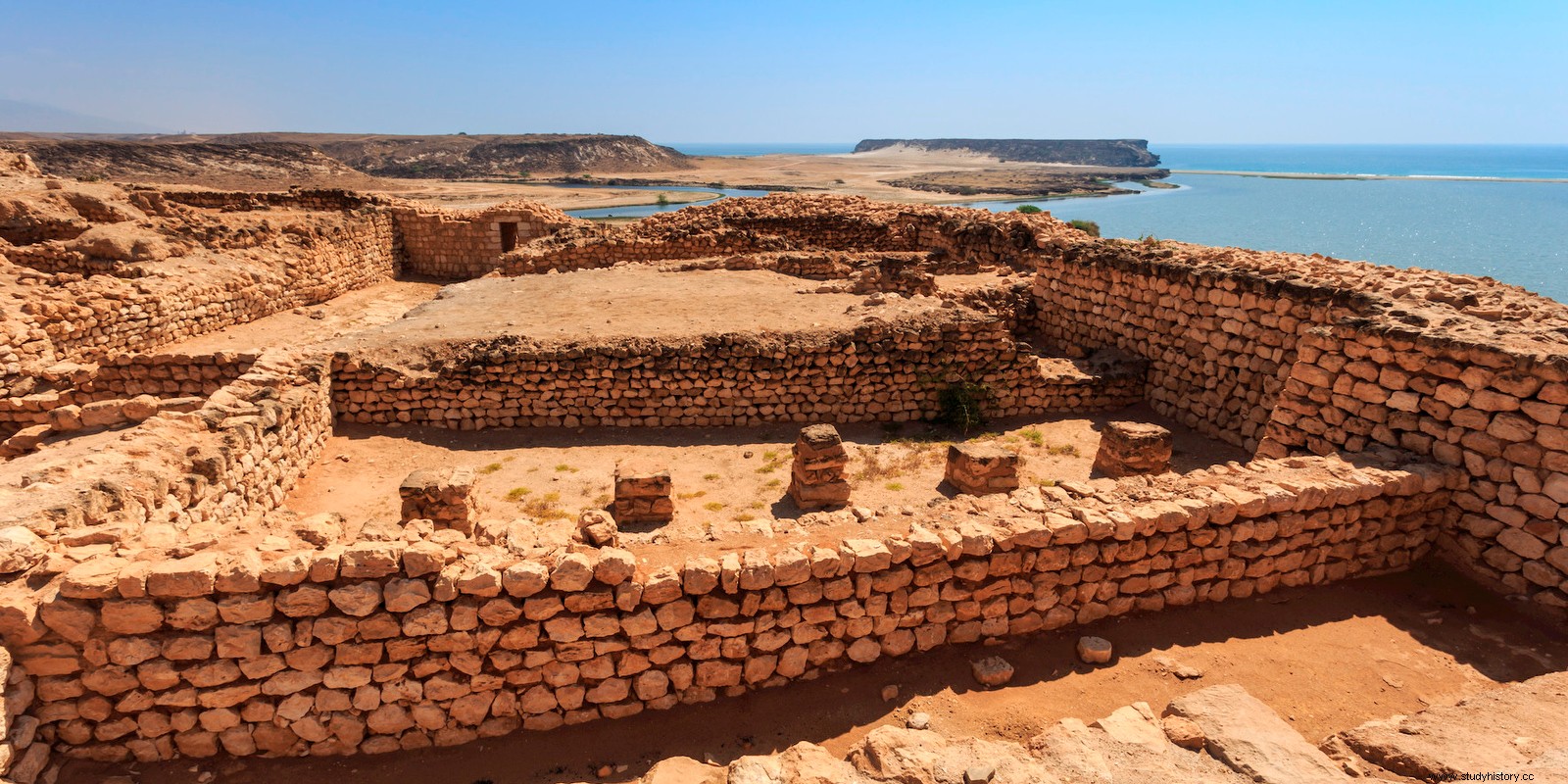
Located among one of the magnificent bays of Dhofar was known to be the largest port for the export of incense, Khori Rori is a part of history for almost two thousand years and is now known as Sumhuram Archaeological Park. This UNESCO World Heritage Site is located 25 kilometers east of Salalah on a hilltop overlooking the freshwater river known as Khori Rori. The site is also a museum along with being an archeological site where you can watch archaeologists dig out the site.
Well, here we are at the end. My job of making you aware and inspiring you here is done. I hope some of it will encourage you to know more and see more. I want to keep my eyes and ears open too. Until then, travel well, stay healthy.
